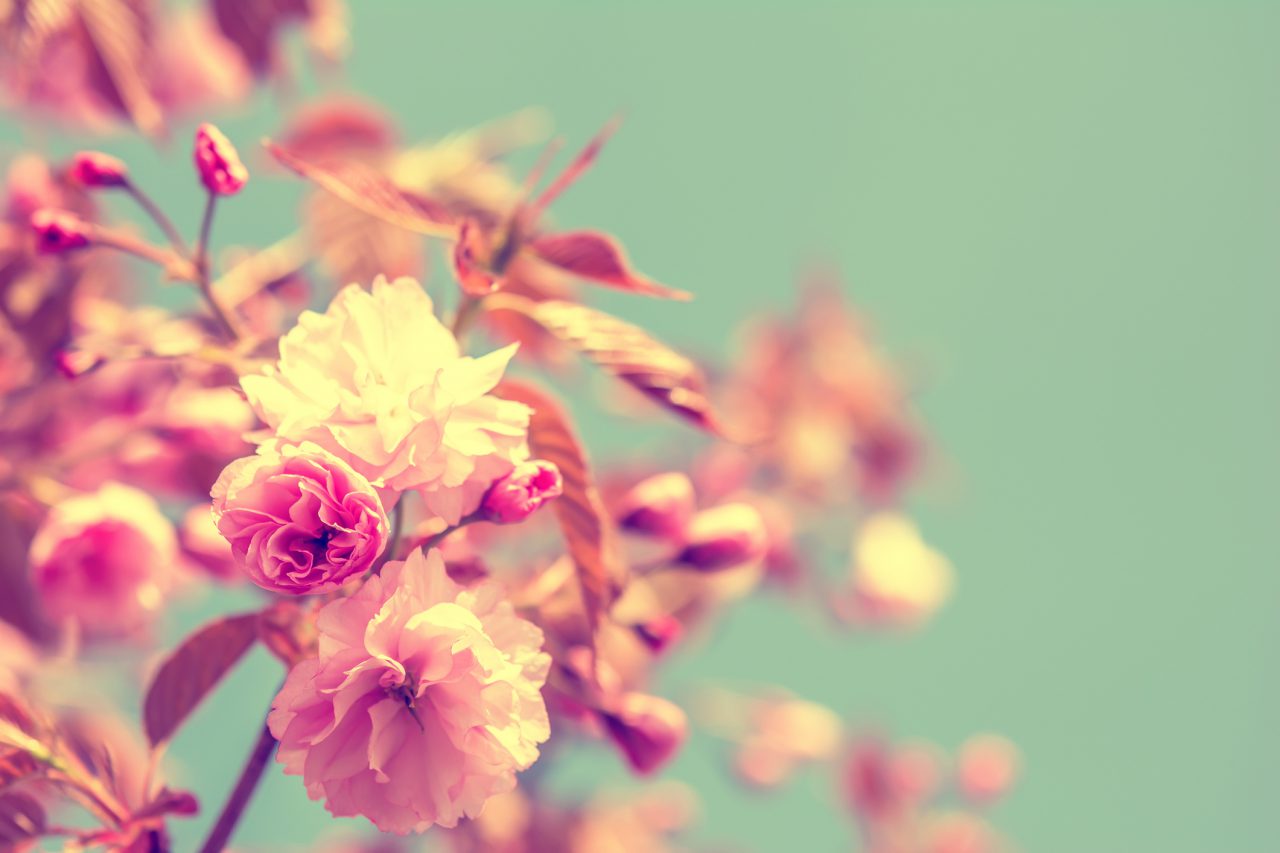Who among us doesn’t look forward to spring? We emerge from our igloos, spade in hand, to peruse our gardens with trepidation. When we see green sprouts, we sigh with relief, as this tells us that most plants survived winter unscathed.
However, their toughest test may be ahead, for spring isn’t necessarily a coddling season — in fact, it can be quite harsh.
Nancy Goodwin, owner of Montrose, one of the South’s great gardens, once commented to me that for her spring was the cruelest of seasons. Over the years of frenetic gardening, I have come to agree with her assessment, but it is still the season I treasure.
Spring is treacherous in that the temperature one day can be 70 degrees and the next day plummet to 25 degrees, sending our plants in a tailspin. Nature entices our fruit trees to come into bloom and then sends a frost that burns all these blooms to a crispy brown. This year a hard freeze burned the blooms of Camellia japonica “Jacks,” leaving me sad as I eagerly await them for 11 months of the year.
Spring can withhold rain at a time our seedlings need it the most. Nothing delights the gardener more than planting one day and then hearing the soft patter of rain the next day. Nothing scares a gardener more than receiving a hard frost — and anything below 28 degrees is a hard spring frost in my mind — three days after the normal final frost date. Our final frost date in the North Carolina Piedmont is April 15, yet I can remember years when the final frost occurred on April 8 and other years when it fell on April 18. Nature is capricious and as gardeners we have to keep it in mind.
Yet, spring is also a delightful season. It cheers my bones to see “Kit’s Circus Wagon,” a daylily that daylily hybridizer Jim Massey thoughtfully named after me, emerge from winter seclusion. Ah, you say: No one ever killed a daylily — and that is true — but I love this particular daylily madly.
One season my slow growing Acer palmatum “Shishigashira” started sprouting its leaves, leaves that are piled one on top of each other. For four months I’d passed by its skeleton, and it’s lovely now to see it clothed. This was a major purchase I several years ago. I must have gone back to look at it five or six times in the nursery before I succumbed and brought it home, so I still see a few dollar signs when I look at this Japanese maple.
Spring also brings surprises. One April I had a 6-foot Viburnum x burkwoodii “Mohawk” in full flower, its perfume permeating the whole garden. Where on earth did it come from? Obviously I planted it a long time ago and then forgot all about it. Is this the first spring it has bloomed? Why have I never noticed it before?
Are salvias always so late in showing life? A couple of mine are stirring, but Salvia microphylla “Hot Lips” looked like a goner a month ago, and I cannot remember if she’s late to emerge from her cocoon or not. Hosta tips started showing weeks ago, so there’s a part of my garden I dare not trample through until these tips get a touch higher.
The Helleborus x hybridus all bloomed, a couple of weeks later than usual due to our cold February and March. These plants, so welcomed 10 years ago, now leave me filled with exasperation as they seed all over the place. When the babies appear, they are 2-years-old and so deep-rooted that it’s impossible to pull them out. Simply put: In my garden they are invasive. We have dug many of them out, but I now have to cut off the flowers before their seeds fall. Why, I ask myself, do we tolerate flowers that we cannot enjoy?
I have one crinum that I suspect delays her entrance on purpose. Crinum “Super Ellen” is a show-stopper, growing leaves that are over 7-feet in length and producing flowers on 5-foot tall stalks. Now I have several “Super Ellens,” but the others appear a good two weeks before this one. All are in full sun, all are healthy, but this one is my prima donna. One fall I cut back her leaves and she retaliated by waiting until June to start growing, refusing to flower that whole summer. So now we leave her mushy leaves throughout most of the winter, and I cut the mess back in February. When the diva shows signs of life in early April, I know all is right in her world.
Spring is also the time I plant. So many of the garden experts advise planting in the fall, but there are several reasons I want to plant in the spring: (1) I want to get outside and feel the soil; (2) the nurseries have their best selection in the spring; and (3) even though I do my fall planting in September, two months before our first frost date, I find these plants don’t always make it though the winter.
Last fall I planted Lespedeza thunberg, which theoretically will grow to a height of 6 feet with huge arching branches filled with flowers in the late fall. I have no idea whether it’s dead or alive. I refrained from getting a replacement as the nursery owner informed me they could be late to reappear but how late is late?
I am the only person I know who has a small Lady Banks rose. For everyone else Lady Banks wants to grow to 15 feet – in one season. My 4-year-old Lady Banks is now 4 feet high — a record. She doesn’t appear to be sickly; she just doesn’t want to grow. But 4 feet, pathetic as that is, is more than I have ever achieved with this particular rose, so I’m rejoicing. I remind her that she’s genetically related to the Tombstone rose, which covers 9,000 feet, and my Lady Banks obligingly grows an inch. You take what you can get.
So my advice about the season of spring is to enjoy it. Take advantage of the good weather and the rain, if you’re lucky enough to receive it, but also respect what Mother Nature will throw back at us. There will be some punishing days before the heat of summer settles in.









